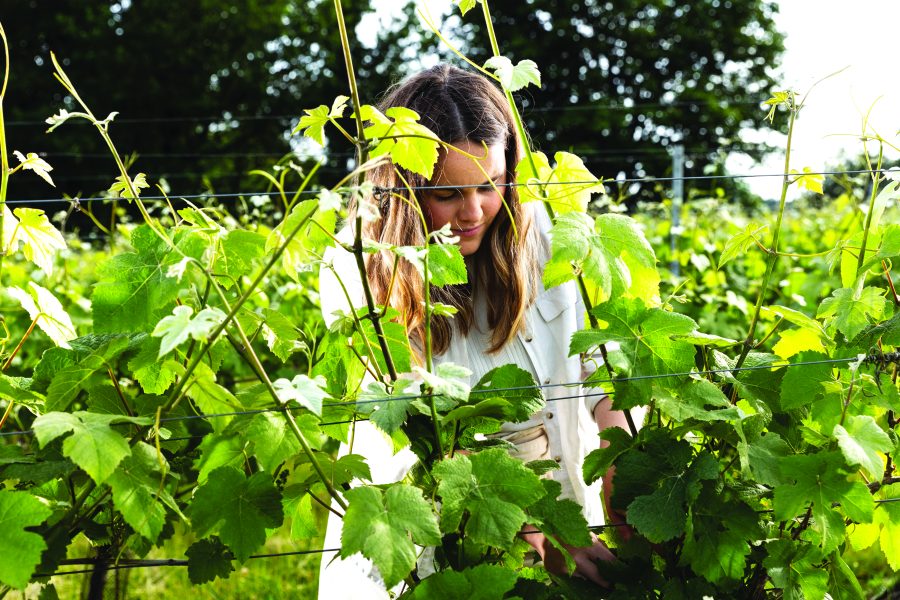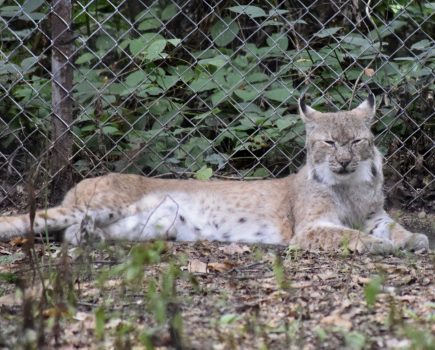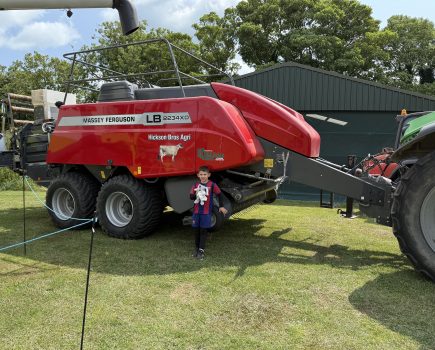The end of the season is upon us, with harvest currently underway or complete. Looking back on this year, a running theme has been variability, whether referring to fruit set, weather conditions or disease pressure.
Weather reports in the UK recorded below average mean temperatures and rainfall alongside a below average number of sunlight hours. Storm Boris wreaked havoc across central and eastern Europe, with torrential rain and widespread flooding, while globally, August experienced the highest temperature on record, marking the 15th consecutive month of record high global temperatures.
In this climate change focused series of articles, I will seek to explore the impacts for UK crop growers and some of the ways in which their businesses can evolve and prosper. I will start by looking at soil.
Using grapes as an example crop, in several wine-growing regions across Europe the average harvest period for grapes is approximately 14 days earlier than it was 50 years ago. Milder winters, warmer springs and hotter summers speed up the phenological development of fruiting crops, with one notable risk being damage from late frost events.
Extreme weather events, which commonly involve heavy precipitation, hail and droughts, are becoming more frequent. These events impact our soils through drying out, crusting, sealing and erosion. In times of heavy rain, the soil cannot absorb excess water, which leads to runoff, flooding and erosion damage. Uncovered, parched soils are particularly affected.
Soil is important
Soil is the basis of fruiting crop production, being the nutrient supplier, water reservoir, buffer for diverse ingredients, habitat for soil organisms and carbon reservoir. Its role in carbon sequestration is that plants extract carbon dioxide from the air and store the carbon in biomass. This carbon can be stored in the soil via microbial decomposition from prunings, leaf litter, compost etc.
We aim to promote soil structure and fertility to improve crop protection against climate-related stresses while maximising the soil’s carbon absorption capacity.
Saving the soil
There are a number of existing practices employed to preserve soil:
- Reduced tillage – preserves soil structure and reduces erosion
- Cover cropping– increases organic matter, improves biodiversity and reduces erosion
- Mulching – improves organic matter, reduces evaporation and improves water retention during dry periods
- Wider row spacing for trellised crops – reduces water stress
- Irrigation management – aids soil moisture levels for crops during dry periods and reduces runoff
- Nutrient management – provides optimal nutrients for crops, mitigates runoff and protects water bodies
- Monitoring – of organic matter, moisture levels and nutrient content.
Currently, when an orchard or vineyard comes to the end of its life the crop is grubbed and burnt, which subsequently releases the carbon dioxide it has absorbed over its lifetime. It is reported that burning trees generates more carbon dioxide than burning fossil fuels.
Hutchinson’s, alongside several other partners including the University of Edinburgh and British Apples and Pears Ltd, are investigating an alternative known as biochar. In the biochar process, plants are grubbed and turned into a solid biomass product using pyrolysis; the heating of organic material in the absence of oxygen. The majority of carbon remains in the solid product, along with the minerals and nutrients. The nutrient-rich biochar can then be returned to the soil, improving soil fertility, crop nutrition and carbon capture.
There is a plethora of reasons to protect our soils, not only for climate-related reasons but also to preserve the unique character of crops. Notably in the wine industry, soil types contribute to the unique terroir of wine regions and influence the character of wines produced in those areas. Chalky soils provide the perfect base for Champagne in parts of the Loire Valley and the south of England, with sandy soils found in regions like the Barossa Valley in Australia and parts of California. My hope is that this strengthens the argument and demand to protect our natural resource.
To scan your soil for carbon, organic matter and nutrient levels, speak to your local Hutchinsons agronomist. Our digital farming platform Omnia uses its soil carbon tool to map, measure and monitor carbon alongside its carbon dioxide emissions calculator.
For more like this, sign up for the FREE South East Farmer e-newsletter here and receive all the latest farming news, reviews and insight straight to your inbox.







